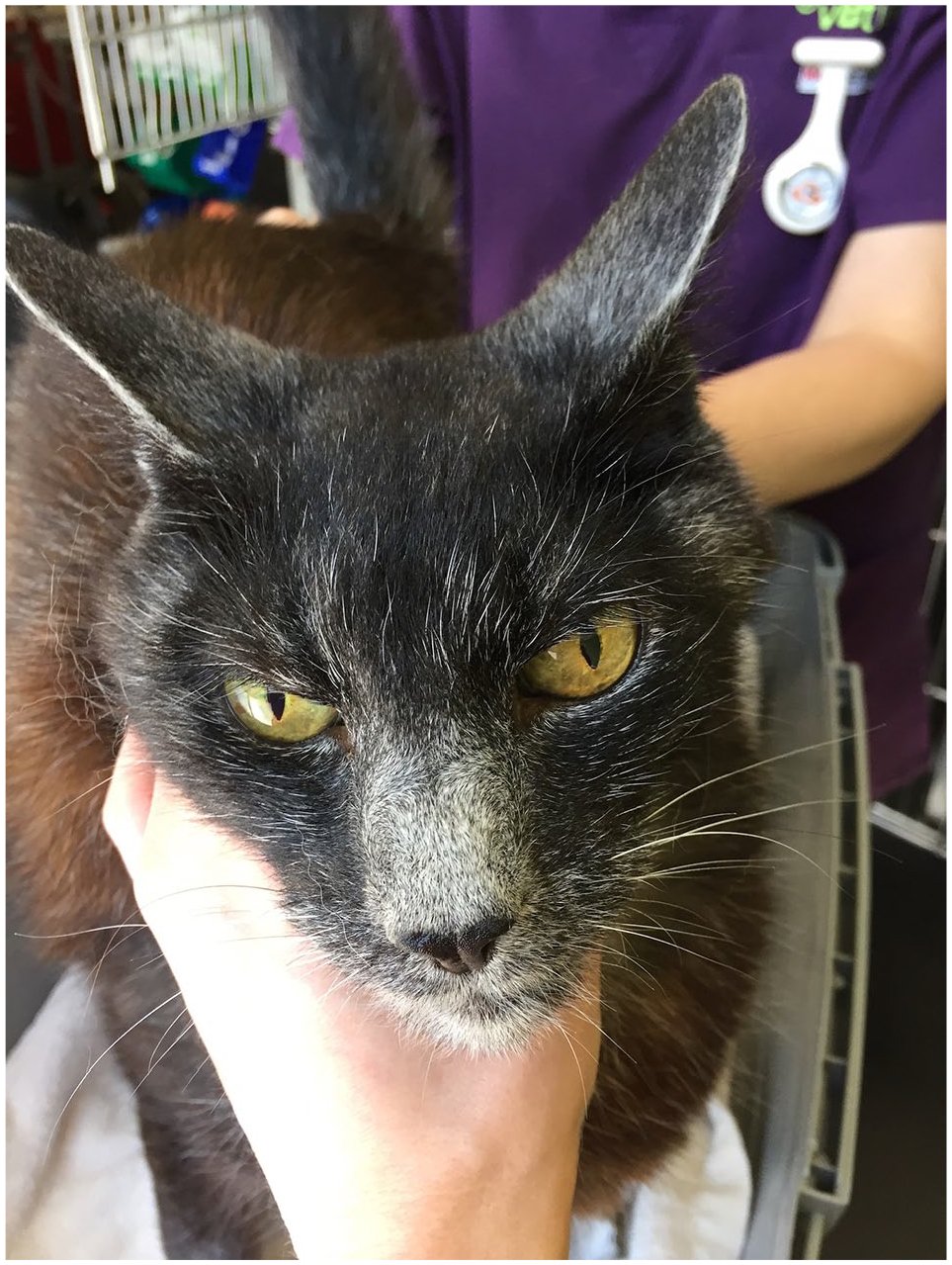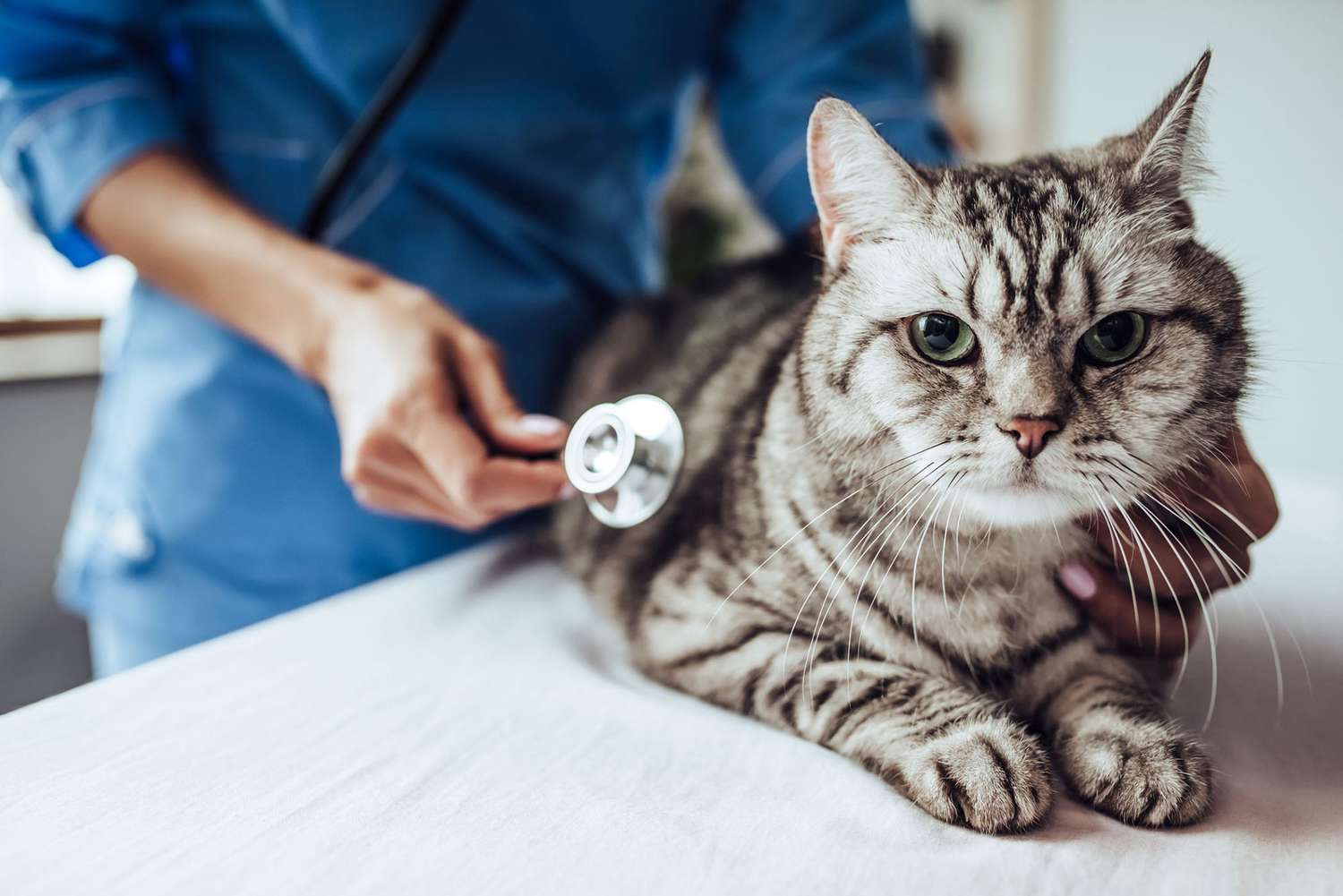neoplasia in cats pancreas
Eight cases of feline pancreatic adenocarcinoma and two cases of pancreatic adenoma were reviewed. Carcinomaadenocarcinoma n11 lymphoma n1 squamous cell carcinoma n1 and lymphangiosarcoma n1.
70 In cats cats 10 years of age as 12 04 mm ranging from 05 to 25 mm in diameter.

. Pancreatic neoplasia in cats is rare and associated with a poor prognosis but pancreatic nodular hyperplasia is a common incidental finding. Prognosis after surgical resection can be. A case series Eight cases of feline pancreatic adenocarcinoma and two cases of pancreatic adenoma were reviewed.
Diagnostic abnormalities included leukocytosis. The thickness of the left lobe ranges from 59 mm whereas the right lobe is 36 mm. Surgical excision can be attempted but is typically unsuccessful.
Neoplasia in cats including diagnosis and symptoms pathogenesis prevention treatment prognosis and more. The purpose of this study was to describe radiographic and ultrasonographic findings in cats with. Overview of Feline Pancreatic Neoplasia Exocrine tumors of the pancreas are tumors that arise from the glandular tissue of the pancreas that produces digestive secretions.
The adenomas were incidental findings. Malignancy is common and complications related to this can be expected. Spaniels and Airedale terriers may have breed predispositions.
J Am Anim Hosp Assoc 545 291-295 PubMed. Most of these tumors are malignant adenocarcinomas. Ultrasound examination by an experienced veterinarian can identify changes to the pancreas in up to ⅔ of cats with pancreatitis including pancreatic inflammation inflammation of surrounding tissue pancreatic enlargement or fluid surrounding the area.
Find details on Pancreas. All information is peer reviewed. Tumors of the pancreas is referred to as pancreatic cancer.
75 of pancreatic carcinomas in humans are located in the head of the pancreas with invasion of the duodenum. Curran K M et al 2018 Postsurgical outcome in cats withe exocrine pancreatic carcinoma. To our knowledge this is the first report of a pancreatic leiomyosarcoma in a cat.
Adenocarcinomas originate in the glandular tissue and are glandular in structure. These changes are usually more obvious in cases of acute pancreatitis. Usually female dogs with a mean age of 10 years.
The purpose of this study was to describe radiographic and ultrasonographic findings in cats with pancreatic neoplasia or nodular hyperplasia. Carcinomas are malignant tumors found both in humans and animals. Pancreatic leiomyosarcoma should be considered a possible differential diagnosis for cats presenting with a pancreatic mass.
Tubulopapillary acinar and mixed. To best of our knowledge this is the first report of cystic adenocarcinomas in feline pancreas. Sonographic findings in acute pancreatitis in cats Figure.
The adenomas were incidental findings. With respect to the human classification system three different subtypes of cystic pancreatic neoplasms were detected in the cat that have not been described before in veterinary medicine. Most cats with adenocarcinomas had anorexia 75 and vomiting 63 while 38 had abdominal pain a palpable abdominal mass andor jaundice.
75 of feline pancreatic carcinomas are diffuse. If signs are present they often include not eating vomiting abdominal pain jaundice or hair loss. Benign exocrine pancreatic tumors are extremely rare.
If the tumor has spread to other organs signs such as lameness bone pain and difficulty breathing can occur. Diagnosis is primary by ultrasonography or radiology with confirmation by cytology or histopathology. Pancreatic neoplasia is an uncommon pathology in both small animals and humans.
Most cats with adenocarcinomas had anorexia 75 and vomiting 63 while 38 had abdominal pain a palpable abdominal mass andor jaundice. Clinical signs are nonspecific leading to a late diagnosis in most cases. Beta-cell neoplasia results in hypoglycemia which produces the mainly neurological clinical signs of weakness collapse lethargy.
The signs in cats with pancreatic tumors are very general and many animals show no signs until late in the disease. Exocrine pancreatic neoplasia in the cat. Pancreatic ADC is a tumor of the exocrine pancreas originating in either the acinar cells or ductular epithelium.
Exocrine pancreatic neoplasia is rare in dogs and cats and most are secondary tumors. It is important to make the distinction between pancreatic neoplasia and pancreatic nodular hyperplasia which frequently occurs in older dogs and cats and is non-significant. Fourteen cats age 318 years were diagnosed with malignant pancreatic tumors.
Timecourse Little information available in the cat. This type of tumor tends to be particularly malignant often recurring after surgical excision. Pancreatic Adenocarcinoma in Cats Neoplasm or tumor can be either benign or malignant in nature.
Very rare in cats and rare in dogs accounting for 005 of all cancers.

Hypothyroidism In Cats Signs Of An Underactive Thyroid Tucson Vet Veterinary Specialty Center Of Tucson

How To Manage Pancreatitis In Cats Nutritional Therapy Red Dog Blue Kat

Detection Of Feline Insulinoma With Contrast Enhanced Ultrasonography

Long Term Survival In A Cat With Pancreatic Adenocarcinoma Treated With Surgical Resection And Toceranib Phosphate
Pancreatitis In Cats A Silent Killer Animalbiome

Pancreatic Cancer Adenocarcinoma In Cats Petmd

Pancreatic Cancer In Cats Signs Symptoms Canna Pet

Pancreatic Cancer In Cats Signs Symptoms Canna Pet

Pancreatic Cancer In Cats Petmd

Intestinal Tumor Leiomyoma In Cats Petmd

Hair Loss Related To Cancer In Cats Petmd

Pancreatitis In Cats Causes Symptoms Treatment And Prevention Daily Paws

Liver Disease In Cats International Cat Care
